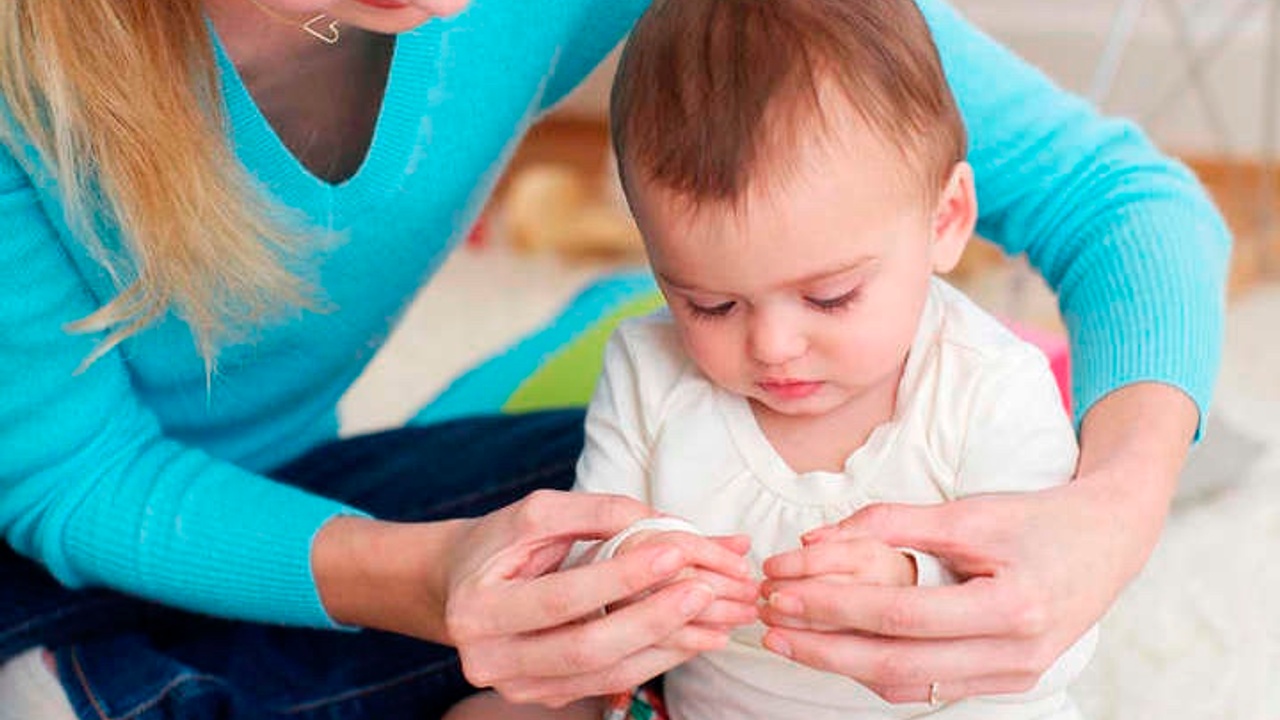
Gestures in Learning
Sep 05, 2022When I met Lillian, she was just beginning to experiment with her first words, but she had been communicating via sign language for months. She not only expressed her needs and wants, but also how she felt about situations long before she could express such terms verbally.
Gestures are our first language. Even if our parents didn’t teach us sign language, like Lilly’s parents did, we still communicated with our gestures long before we had the capacity to speak. And as Lilly and children like her demonstrate, humans have the capacity for language months before our mouths develop enough to form worlds, as this video shows.
Most importantly, as adults, we still rely on this language to formulate and express our thoughts, especially when our spoken language fails us.
Do you remember that time when you couldn’t think of a word or someone’s name while telling a story? What was your dominant hand doing? It was probably moving in a circular motion, or maybe you snapped your fingers. This is because your gesture language is helping your spoken language access the right word.
So gestures are about more than communicating; they are also part of our learning process.
When researchers studied the process of students learning that what they currently believe is incorrect, they found that in the incorrect phase, students’ words and gestures aligned. But as they were learning the facts, their words and gestures expressed different things. Then finally, once they learned the new concept, their words and gestures aligned again. In other words, it appears their gesture language understood the concept before their spoken language did.
For example, let's say you believe Chicago is the capitol of Illinois. I tell you that you are incorrect, but you are adamant. Your hands move up and down while insisting that Chicago is the capitol.
As I pull out a map to show you, your words will still insist that Chicago is the capitol, but your gestures have changed. They aren’t as animated. In fact, you reach out to the map, and touch Springfield before your words catch up.
Now your gestures and words align once again as you smile, and throw up your hands in a chagrined realization that I was correct all along.
While we are learning, we gesture more profusely and indiscriminately in the beginning when we are struggling with a new idea. So much so, that researchers can pinpoint the moment a person understands the concept by how their gestures slow down and relax.
This body of work changes our view of fidgeting students. They aren't necessarily restless; they may be simply struggling to comprehend the lesson. In fact, school teachers are now encouraged to have students "move your hands" when explaining something.
So, what happens when your learners are learning? Do they have the opportunity to gesture, or are they simply clicking the next button? Do you provide materials they can manipulate and maneuver? When relating what they are learning or have learned, are they allowed to gesture?
I would love to hear your thoughts on adding gestures to learning programs.
Don't miss a beat!
New moves, motivation, and classes delivered to your inbox.
We hate SPAM. We will never sell your information, for any reason.
